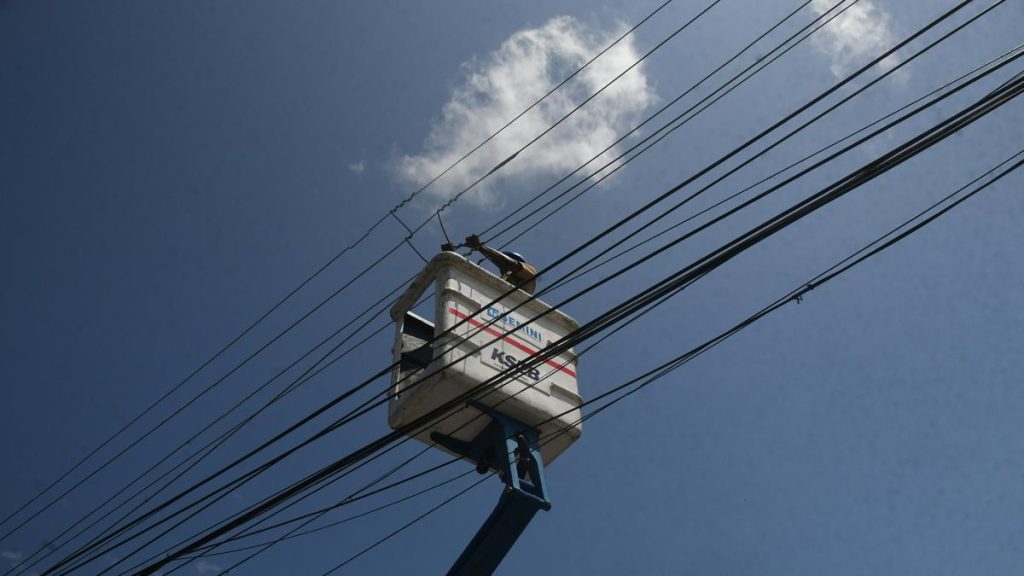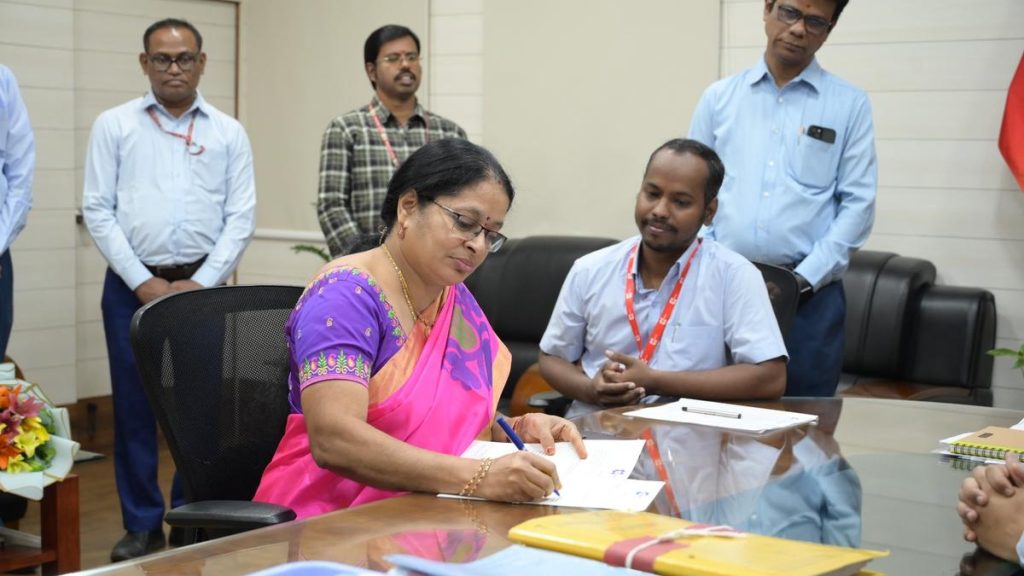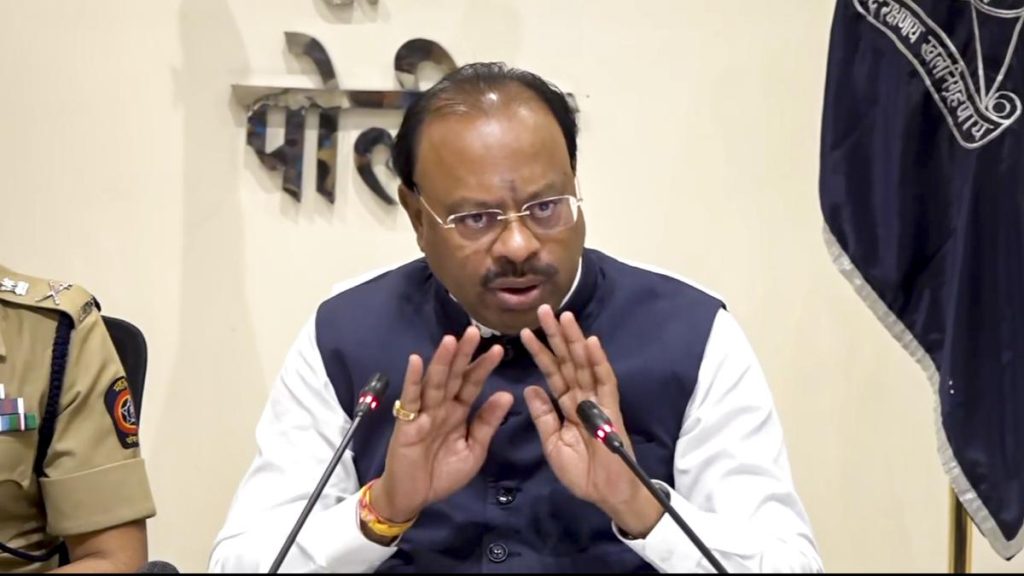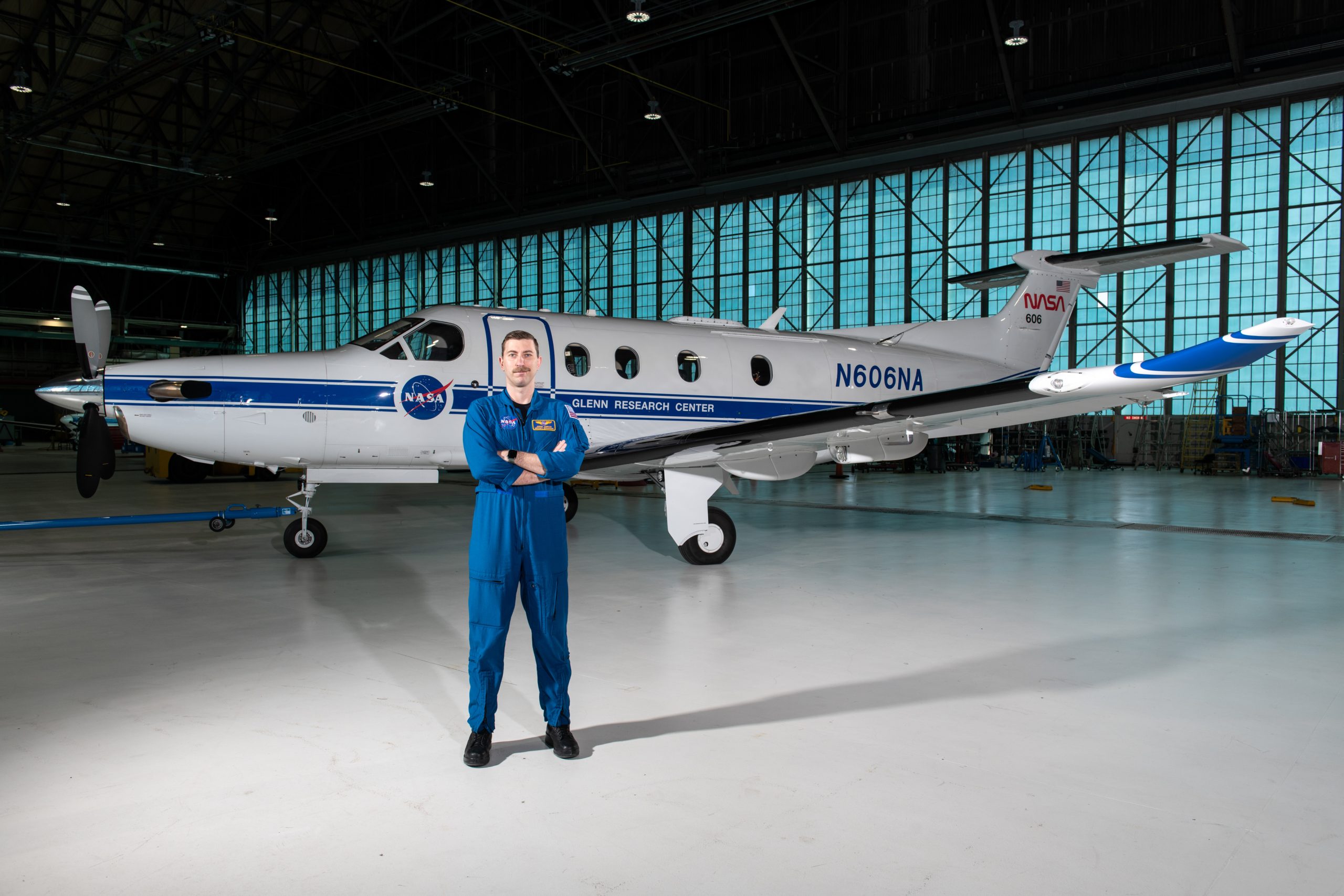Now Reading: Advancing Navigation Technology: Revolutionizing How India Moves
-
01
Advancing Navigation Technology: Revolutionizing How India Moves
Advancing Navigation Technology: Revolutionizing How India Moves
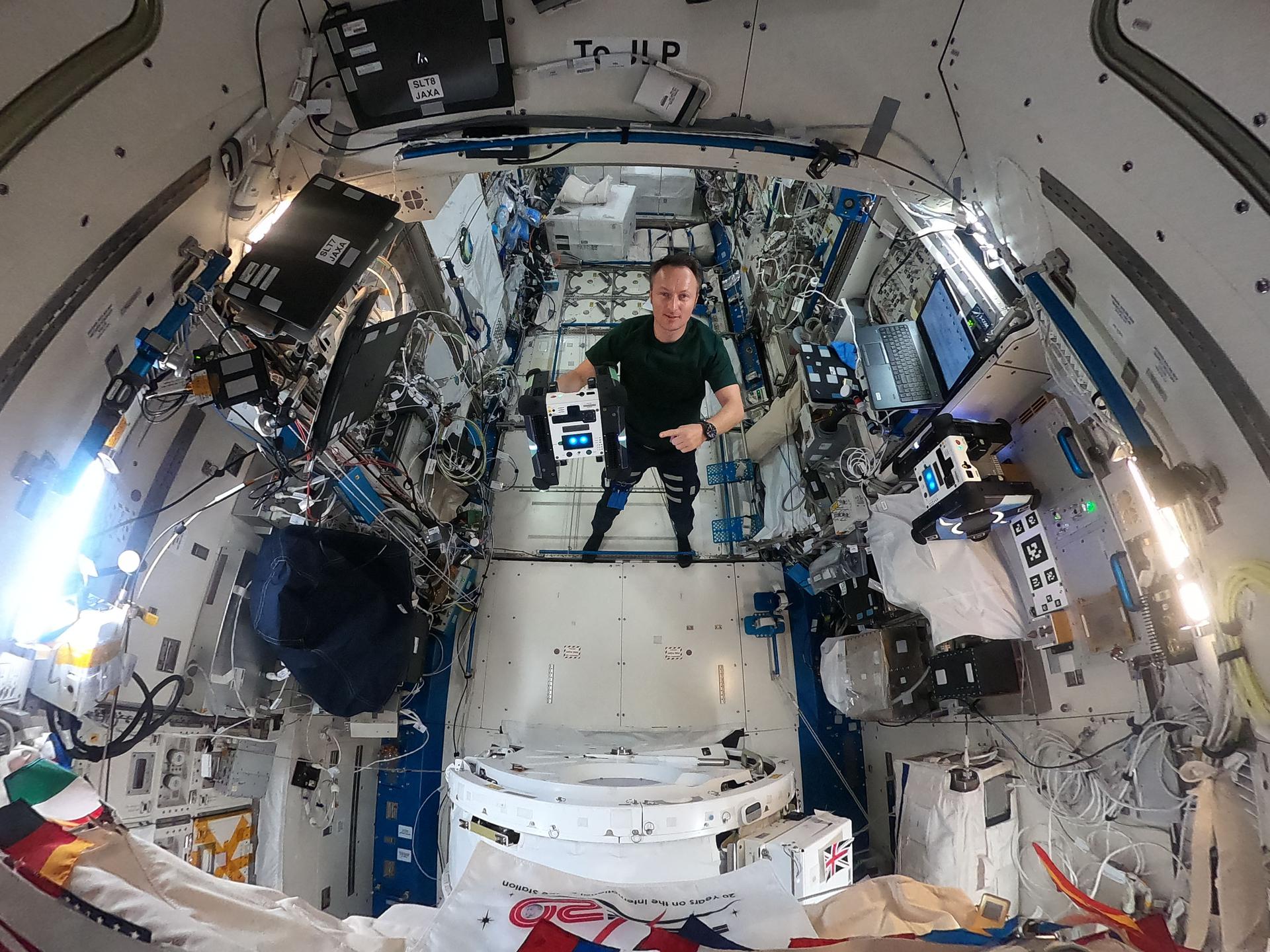
Speedy Summary
- NASA is advancing navigation technologies for space exploration missions, including lunar adn Mars expeditions.
- The NAVCOM system uses ISS ham Radio hardware to test software that processes signals akin to GPS but relies on ground stations rather than satellite constellations.
- Sextant Navigation tested star-sighting for emergency backup lunar navigation using hand-held sextants, which proved viable with minimal training. Researchers identified techniques to improve sighting accuracy.
- NICERS research on pulsars enabled SEXTANT technology to demonstrate real-time autonomous X-ray pulsar navigation anywhere in the solar system, proving it’s feasibility with further experiments planned.
- Robotic tools are being tested for efficient cargo handling and structural assembly in space missions: SPHERES robots explored autonomous rendezvous and docking; Astrobees tested coordination between multiple robots and cargo-handling models to operate without human intervention.
- ESA’s Surface Avatar investigation successfully demonstrated remote control of a four-legged robot capable of navigating uneven surfaces in simulated Mars environments,showing potential request beyond wheeled designs.
Link: Read More
Indian Opinion analysis
India’s active involvement in space research positions it as a stakeholder with immense potential for collaboration on such advanced navigation technologies. As India continues pursuing lunar ambitions through projects like Chandrayaan and explores long-term Martian goals via Mangalyaan programs, developments like NAVCOM or X-ray pulsar-based navigation can strengthen mission autonomy and safety significantly.
Additionally, the work on robotic systems highlights practical innovations applicable for both planetary exploration scenarios as well as orbital station management-fields where India can build partnerships or incorporate adaptive algorithms into indigenous ISRO-led robotics initiatives.
In essence, NASA’s innovative strides offer opportunities not only in fostering global collaboration but also reinforce how technology-driven advancements can enable safer deep-space explorations-a direction India is poised toward under its expanding space aspirations.


